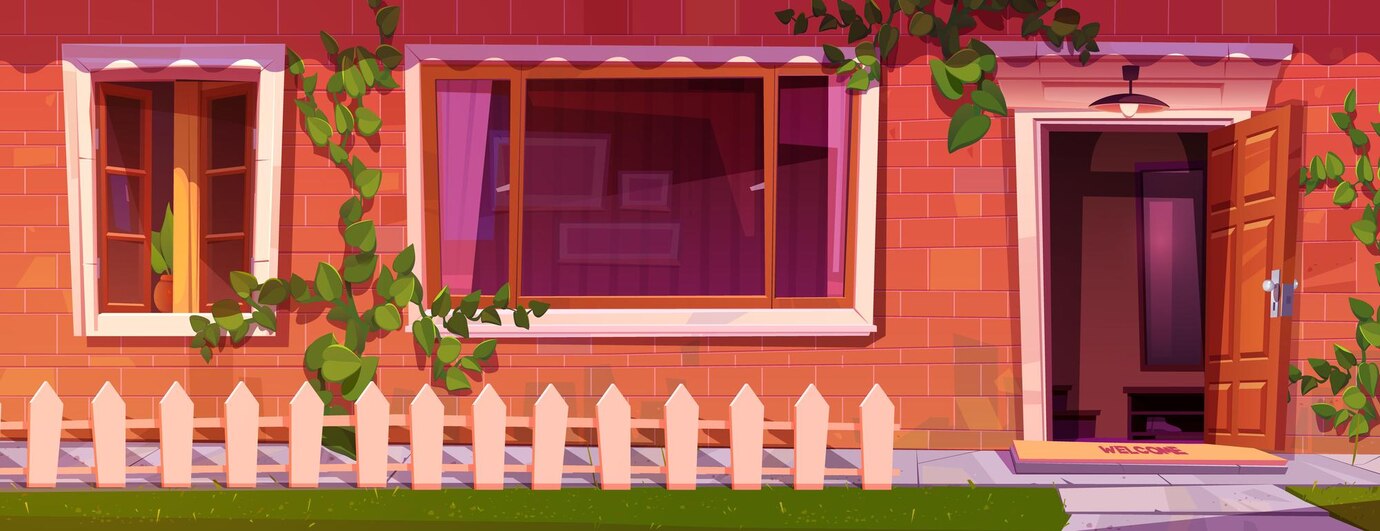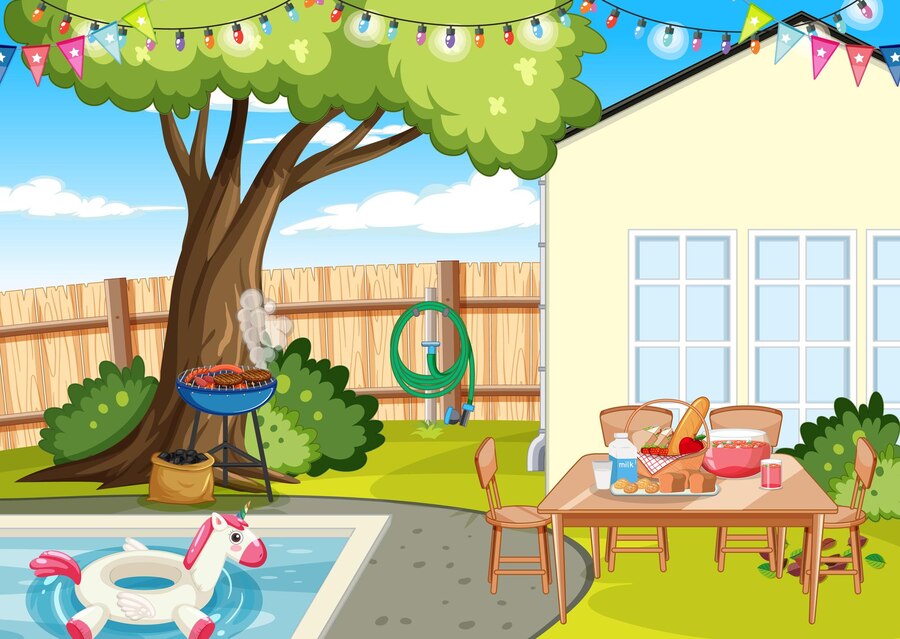Why Your Yard Matters in a Warming World
As global temperatures continue to rise due to climate change, summers are becoming hotter, longer, and more dangerous. Cities across the globe are shattering heat records, with urban areas often feeling like ovens due to the urban heat island effect—a phenomenon where concrete, asphalt, and lack of greenery trap heat. Your yard, however, can become a sanctuary—not just for you, but for the planet. By adopting sustainable strategies to cool your outdoor space, you’re not only creating a refuge from the scorching sun but also contributing to the fight against global warming. In this guide, we’ll explore eco-friendly ways to lower summer heat in your yard while emphasizing the urgent need for collective climate action.
- 1. Understanding the Urban Heat Island Effect and Its Impact
- 2. Plant Smart: Harness the Power of Trees and Vegetation
- 3. Create Shade with Purposeful Structures
- 4. Cool Your Ground Cover: Rethink Lawns and Pavement
- 5. Water Wisely: Use H2O to Cool Your Yard (Without Waste)
- 6. Embrace Energy-Efficient Outdoor Living
- 7. Foster Community Cooling Efforts
- Your Yard Is a Climate Action Zone
1. Understanding the Urban Heat Island Effect and Its Impact
Urban areas can be up to 10°F (5.5°C) hotter than surrounding rural zones, according to the EPA. This heat disparity stems from human activities: dark roofs and pavement absorb sunlight, vehicles and buildings emit waste heat, and green spaces are often replaced with heat-retaining materials.
Why It Matters for You
- Prolonged exposure to extreme heat increases risks of heatstroke, dehydration, and respiratory issues.
- Hotter yards stress plants, increase water demands, and reduce biodiversity.
- Energy bills skyrocket as air conditioners work overtime to combat outdoor heat radiating indoors.
The Climate Connection
Global warming intensifies the urban heat island effect. As fossil fuel emissions trap more heat in the atmosphere, cooling your yard becomes a small but meaningful act of resistance. Every tree planted or patch of grass preserved helps sequester carbon and cool the air.

2. Plant Smart: Harness the Power of Trees and Vegetation
Trees are nature’s air conditioners. A single mature tree can cool the surrounding area by up to 10°F through shade and evapotranspiration—the process where plants release water vapor, cooling the air.
Choose the Right Trees for Maximum Impact
- Deciduous Trees: Plant species like oaks, maples, or sycamores on the west and south sides of your yard. Their broad leaves block summer sun but allow winter sunlight to warm your home.
- Evergreens: Use pine or spruce trees as windbreaks to reduce heat loss in winter and provide year-round shade.
- Native Plants: Opt for species adapted to your region’s climate—they require less water and support local wildlife.
Pro Tip: The Arbor Day Foundation’s online tool can recommend trees suited to your ZIP code.
Layer Your Landscape with Shrubs and Groundcover
- Shrubs like hydrangeas or junipers add understory shade, protecting soil from direct sun.
- Groundcover plants (e.g., creeping thyme, clover) reduce soil temperature and prevent erosion.
Climate Bonus: A diverse landscape absorbs more CO2 and provides habitats for pollinators like bees and butterflies.
3. Create Shade with Purposeful Structures
While trees take time to grow, artificial shade solutions offer immediate relief.
Install Pergolas and Arbors
- Wood or metal pergolas draped with climbing plants (wisteria, grapes) create living shade structures.
- Add retractable shade sails for adjustable coverage during peak heat hours (10 a.m.–4 p.m.).
Use Shade Cloth for Gardens and Patios
- Shade cloth with 50–70% UV block protects delicate plants and outdoor seating areas. Secure it above raised beds or stretch it over a patio frame.
Sustainable Hack: Repurpose old bedsheets or bamboo screens for temporary, budget-friendly shade.
4. Cool Your Ground Cover: Rethink Lawns and Pavement
Traditional lawns and concrete patios absorb and radiate heat. Swap them for cooler alternatives.
Replace Grass with Drought-Tolerant Groundcover
- Clover Lawns: Stay green in droughts, require no mowing, and feel cooler underfoot than grass.
- Artificial Turf: Modern options are heat-reflective and ideal for play areas (ensure they’re non-toxic and recyclable).
- Gravel or Mulch Paths: Light-colored gravel or wood chips reflect sunlight and stay cooler than pavement.
Break Up Concrete with Permeable Materials
- Replace sections of driveway or patio with permeable pavers, which reduce runoff and allow rainwater to cool the ground.
- Paint dark surfaces with heat-reflective coatings (look for ENERGY STAR® ratings).
Global Warming Tie-In: Reducing impermeable surfaces helps mitigate flooding—a growing risk as climate change fuels intense storms.

5. Water Wisely: Use H2O to Cool Your Yard (Without Waste)
Strategic water use can lower temperatures while conserving resources.
Install a Smart Irrigation System
- Drip irrigation or soaker hoses deliver water directly to plant roots, minimizing evaporation.
- Smart controllers adjust watering schedules based on weather forecasts (no watering in the rain!).
Add a Birdbath or Reflective Water Feature
- A simple birdbath provides wildlife relief and cools the air through evaporation.
- Recirculating fountains or ponds create a soothing microclimate—position them near seating areas.
Caution: Avoid misting systems in arid regions, as they waste water and encourage mold.
6. Embrace Energy-Efficient Outdoor Living
Your yard’s design can reduce reliance on air conditioning.
Create Cross-Breezes with Strategic Layouts
- Position seating areas where natural breezes flow (e.g., between trees or along slopes).
- Use open fences or trellises to channel wind instead of blocking it.
Switch to Solar-Powered Lighting
- Solar path lights and string lights eliminate heat from traditional bulbs.
- Dark-sky compliant fixtures reduce light pollution, benefiting nocturnal ecosystems.
Climate Bonus: Solar energy reduces fossil fuel dependence—a win for your wallet and the planet.
7. Foster Community Cooling Efforts
Individual actions matter, but collective efforts amplify impact.
Organize a Neighborhood Tree-Planting Day
- Partner with local arborists or nonprofits to distribute saplings.
- Focus on planting street trees, which cool entire blocks.
Advocate for Green Infrastructure
- Push local governments to install green roofs, expand parks, and subsidize rain gardens.
- Support policies that limit deforestation and promote renewable energy.
Inspiration: Cities like Melbourne, Australia, aim to increase tree canopy cover by 40% by 2040 to combat rising heat.
Your Yard Is a Climate Action Zone
Lowering summer heat in your yard isn’t just about comfort—it’s a vital step in adapting to and mitigating global warming. By planting trees, rethinking hardscapes, and using water wisely, you’re creating a cooler, greener oasis that benefits your family, your community, and the planet. As heatwaves grow fiercer, these strategies offer hope: every shaded patio, every native flower bed, and every solar light is a declaration that we can cool our world, one yard at a time.
Share your yard cooling tips with us. Together, we can turn up the shade and turn down the heat.


